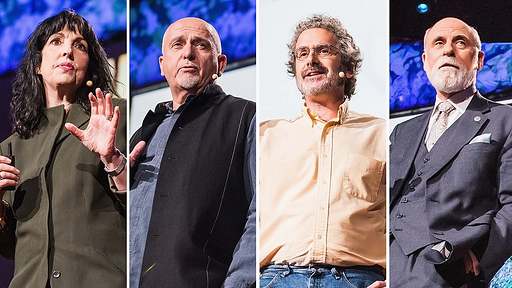What can scientists learn from dolphins playing whack-a-mole?
By creating tech that lets dolphins play computer games and request belly rubs, we can understand their intelligence and perhaps even get a preview of life on other planets, says marine mammal researcher Diana Reiss.
Continue reading
